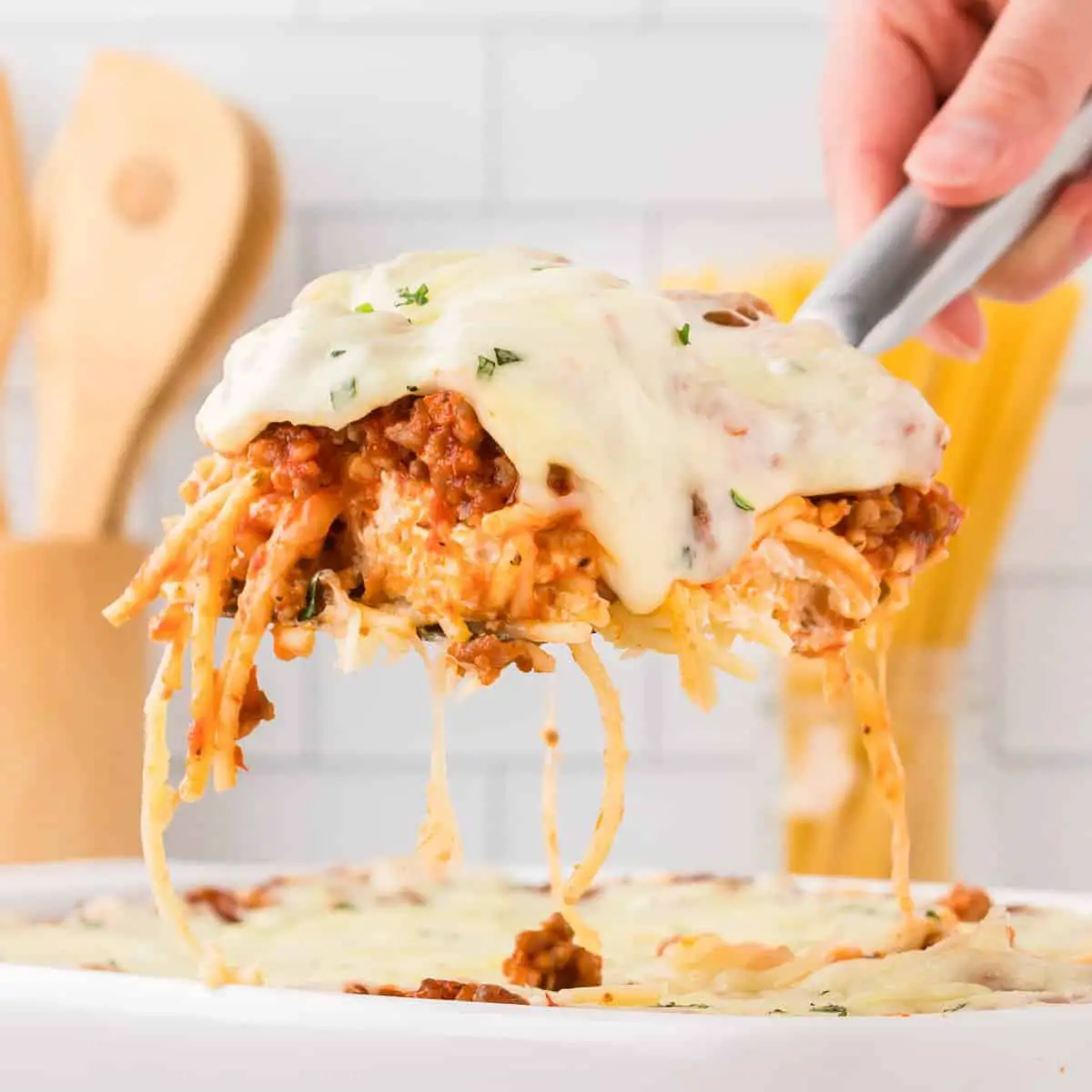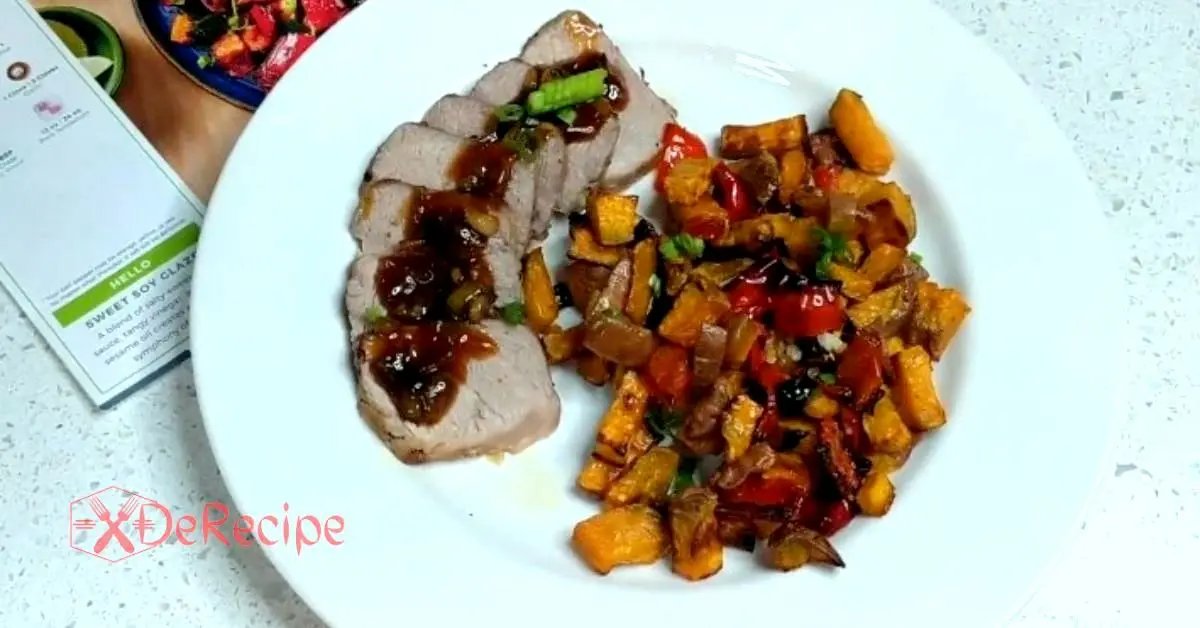Why Is My Sponge Cake Sticky? – (How To Fix It?)

Even after a sponge cake has been baked to perfection and taken out of the oven, mistakes can still occur and destroy the cake. What causes my sponge cake to be sticky? is one of the most commonly asked questions.
What causes my sponge cake to be sticky?
The moisture evaporates and needs to go somewhere when the cake bakes. Moisture evaporates through the top. As a result, the cake’s top retains more moisture; sometimes, the cake remains sticky after baking.
Note: This post may contain affiliate links, which means if you buy from my link I might make a small commission. This does not affect the price you pay. See the full affiliate disclosure here.
Taking the cake out of the oven too soon or covering and wrapping it before it has totally cooled also results in a sticky cake. This creates that sticky feel by trapping moisture inside. Simply allow the cake to cool completely on a wire rack to avoid this mishap.
How to prevent it?
There are several cake errors that one must handle. Cakes with a sinking center, cakes with cracks, sticky cakes, cakes that collapse, and more.
Each of us has encountered unsuccessful cakes on more than one occasion.
A lot of labor, ingredients, and time is consumed during the preparation of any cake, and every baker gets disappointed when they don’t get the expected results.
However, there are some really simple yet crucial tips to follow to guarantee that your cakes turn out flawlessly.
When making a sponge cake, I personally always keep these things in mind and do not end up with a sticky cake.
Room Temperature Ingredients
There are only three components in a conventional sponge cake: flour, sugar, and eggs. Ensure all your ingredients are at room temperature before proceeding with the process of measuring and mixing.
Measuring Ingredients Correctly
As always, I advise measuring the dry and wet ingredients accurately. You must have a digital weighing scale in your kitchen. It accurately weighs the ingredients and provides measurements down to the half-gram.
Since the sponge cake only contains sugar, eggs, flour (occasionally leavening agents), and no fats, measure each component properly.
There aren’t many recipes that ask for weighing eggs in grams. If it was instructed, follow through.

Use Fresh Ingredients
I also suggest that you use the freshest ingredients you can find, including eggs, flour, and baking powder.
Old eggs, baking powder, and flour cannot yield the best results.
If you have a leavening agent that has been sitting in your pantry for many days, it will not give you the desired results.
Always check the expiry before adding it to the flour mixture.
Air Humidity
Humidity can cause baked goods to become overly moist or sticky, resulting in a sticky texture. To prevent this, increase the baking time a bit.
A fan-forced oven gives the best results when baking in a humid environment. You can also try using a lower oven temperature and/or adding a few more minutes to the baking time.
Follow the Folding Technique
When it comes to mixing ingredients, the most important tip is to beat the eggs until they are light yellow and frothy. This will give the sponge cake a light and airy texture.
If there isn’t enough air trapped in the mixture to give it a lift, insufficient creaming of sugar and eggs will also result in a sticky texture.
When adding the flour, you should sift it first to avoid lumps. After the flour has been sifted, gently fold it into the mixture using a figure-eight motion.
The air that has been contained in the batter will be lost if you vigorously mix the batter. Avoid overmixing the batter.
Substituting Ingredients
Some people ask if we can use brown sugar instead of regular sugar in a sponge cake; the answer is NO.
Sugar is generally considered a wet ingredient, and brown sugar has more moisture than white sugar. Therefore, you should not substitute white sugar in a sponge cake.
A cake’s taste, texture, and the overall outcome can be significantly changed by substituting ingredients.
If you need to make a change, it’s best to start with a different cake recipe.
Add a Little Cornstarch
One reason for a sticky cake is adding less amount of flour. To measure it accurately, it’s advisable to measure it on a digital weighing scale. Remove a tbsp of flour and replace the same quantity of cornstarch instead will give you the best result when baking sponge cakes. Cornstarch helps absorb extra moisture and gives the cake a light texture.
Perfect Baking Time
Make sure your cake is thoroughly baked before being removed from the oven. Taking the cake out too soon will make the cake sticky.
Check it by eyeballing the cake center or using a wooden skewer. If the center is still moist, put the cake back in the oven, and bake for a few additional minutes.
Oven Temperature
Lastly, make sure to preheat the oven properly before baking the cake. Set the oven to the specified temperature in the recipe and place the cake in the oven for the suggested baking time. Taking the cake out of the oven sooner will subsequently result in a sticky sponge cake.
If your cakes are sticky, they could be underbaked, or the oven was too hot for the recipe. To avoid a sticky cake, ensure that your oven is preheated, use an oven thermometer to check the temperature periodically, and use a cake tester or toothpick to check the cake’s doneness before removing it from the oven.
Do Not Cover your Sponge Cake
Do not cover the cake once it has been removed from the oven and is allowed to cool on a wire rack. When the cake is covered, the heat inside the sponge converts to moisture, which subsequently causes the sponge to become sticky.
Furthermore, avoid cutting the cake while it’s still hot, as it might cause the cake to stick to the knife. Before cutting, let the cake cool completely.
How to fix a sticky sponge cake?
While repairing a sponge cake can be challenging, we can at least attempt to make it edible so that you won’t have to throw it away. If you do end up with a sticky cake, you can follow the following steps to try and fix it.
Step 1: Bake it Again
Cover the top of your cake pan with a paper towel. The paper towel should not touch the cake, it will absorb extra moisture from your cake. Or sprinkle some caster sugar over the top of the cake before popping it back into the oven for a few minutes.
Then, simply place it in the preheated oven for five minutes, check to see if it’s still sticky, and place it back in until it’s well baked.
Check frequently during the process.
Step 2: Trim the Top Layer
The top layer of the cake can be trimmed to get perfect layers if there is still moisture there. After trimming, start frosting the cake if it looks fine or proceeds to the next step.
Step 3: Refrigerate
You may also chill and dry your baked goods by putting them in the refrigerator for 30 minutes.
Refrigerators are famous for their dry environment and dehumidifying properties since they naturally dehumidify the air by cooling their interiors.
Keep that in mind when storing your baked goods, as excessive exposure can cause them to dry out completely.
Once it’s cool, take it out from the refrigerator and continue with frosting and decorating with whipped cream.
Conclusion:
Even though a sticky top is a common baking problem, you can definitely fix it and prevent it now that you know a few tricks and techniques.
Try not to stress out too much if this problem does occur. Accept little imperfections and enjoy the delicious cake!
Read more: What to do with sticky sponge cake? (if not fixed)






